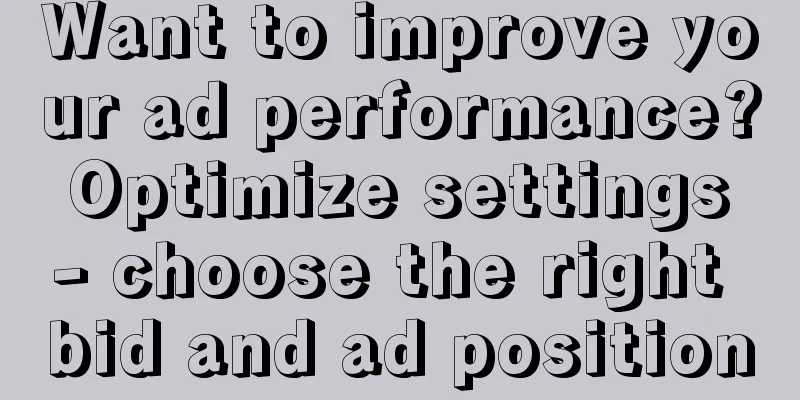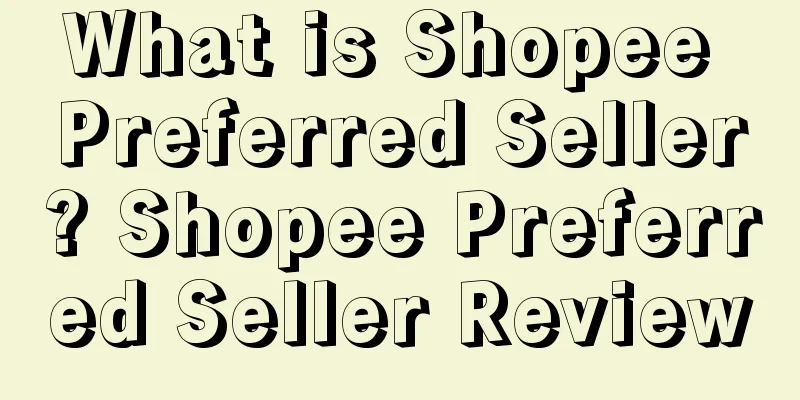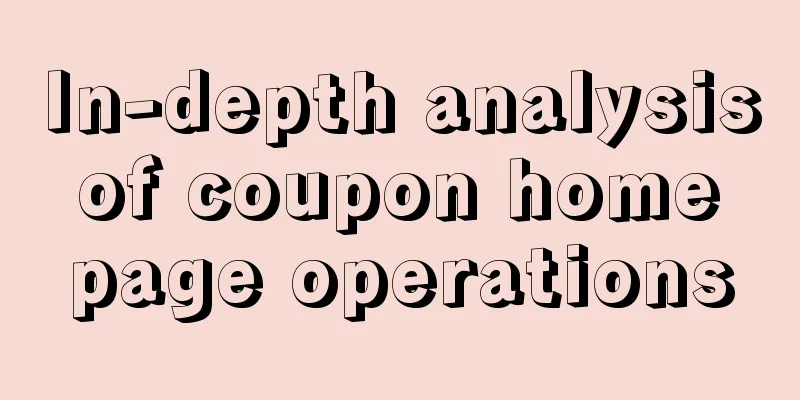Want to improve your ad performance? Optimize settings - choose the right bid and ad position

|
|
<<: A brief discussion on how to avoid pitfalls when doing promotions/coupons/deals?
>>: How does Amazon select products? 90% of people don’t know!
Recommend
Q4 advertising spending increased by 16%! Are brands beginning to flock to Walmart advertising?
Walmart’s advertising business, WalmartConnect, sa...
What are Wish Tags? Wish Tags Review
WishTags, also known as Wish tags , are the primar...
What is Constant Contact? Constant Contact Review
Founded in 1998, Constant Contact is an advertisin...
How to know if a product is selling well?
No need to use any software tools, no need to use ...
Breaking news! A large number of Amazon sellers’ keyword rankings have disappeared
Normal, once there is data abnormality, such as s...
What is SUNRATE? Review of SUNRATE
Founded in 2016 , SUNRATE is committed to providin...
Teach you how to quickly complete dangerous goods audit
Many sellers may encounter dangerous goods audits...
2019 Amazon SEO Optimization Reference Guide
As more and more sellers enter Amazon, market comp...
Amazon system crashed again! Sellers collectively suffered zero orders!
Today is November 26th. For many Amazon sellers, t...
What is Social Blade? Social Blade Review
Social Blade is an Internet video statistics websi...
By 2023, global cross-border e-commerce transactions will exceed US$2 trillion
It is learned that according to Juniper Networks r...
Amazon's biggest seller files for bankruptcy, and there were many products that dominated the charts BS!
I watched him build a tall building, and I watched...
What is Knowlarity? Knowlarity Review
Knowlarity is a cloud telephony and artificial int...
Is Amazon going to charge tax on this now?
Cross-border Business School Information and skil...
What is Crowdfireapp? Crowdfireapp Review
Crowdfireapp is an analysis tool specifically for ...









